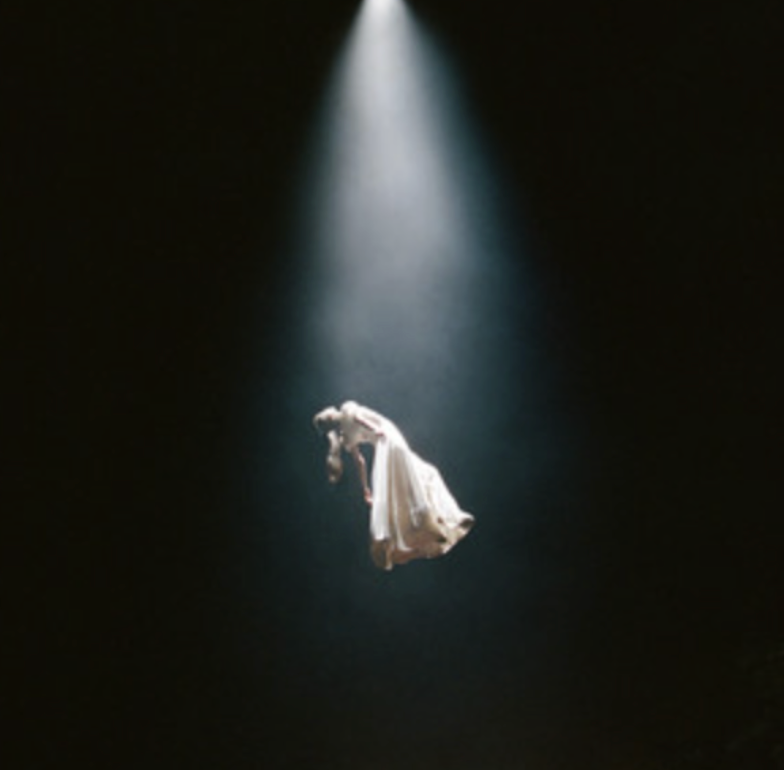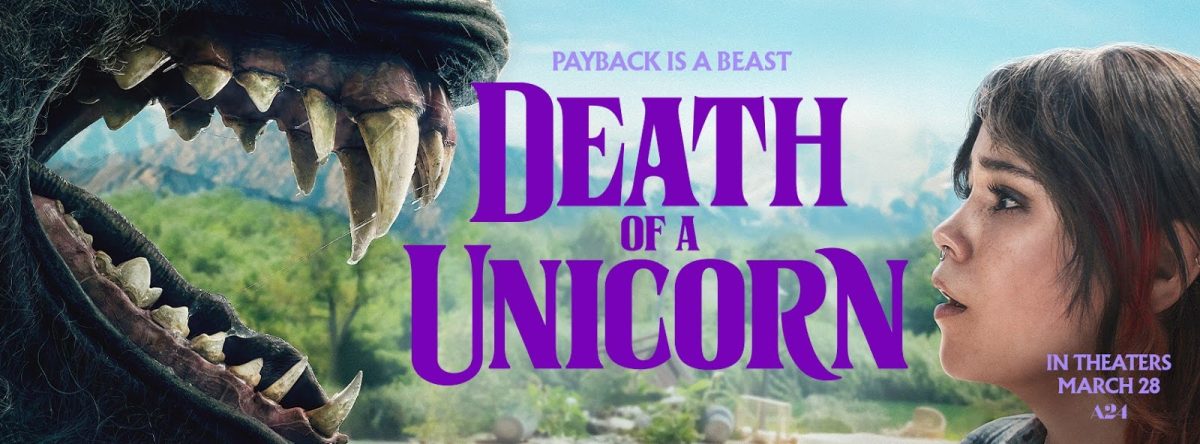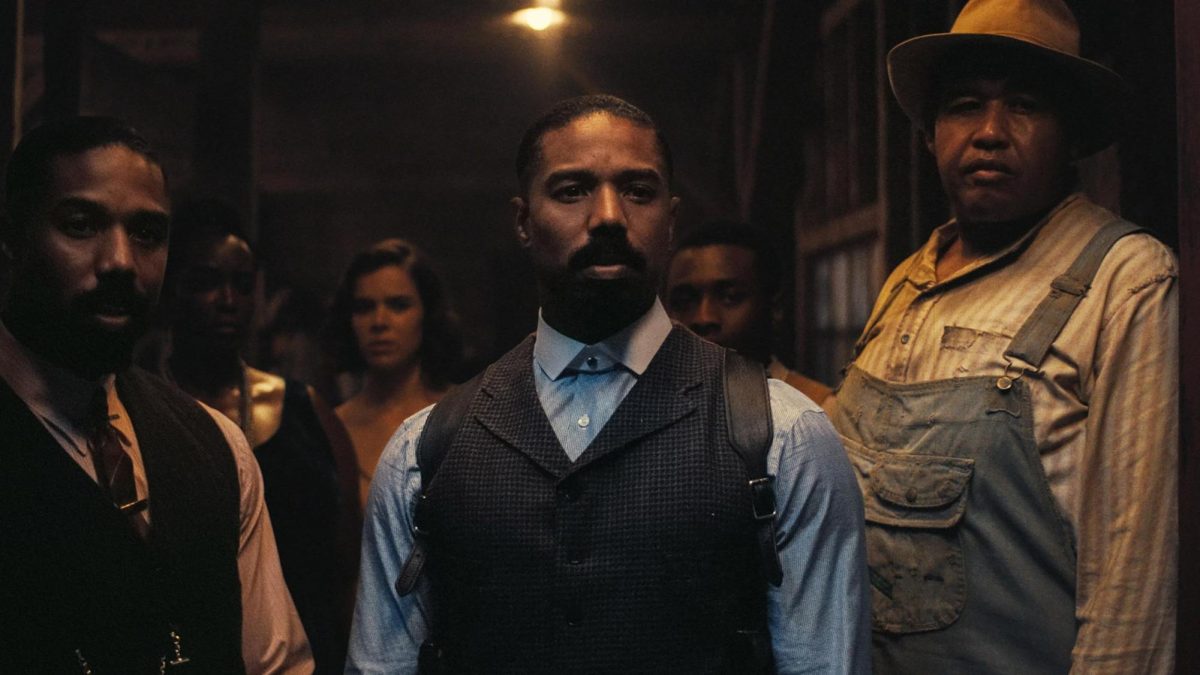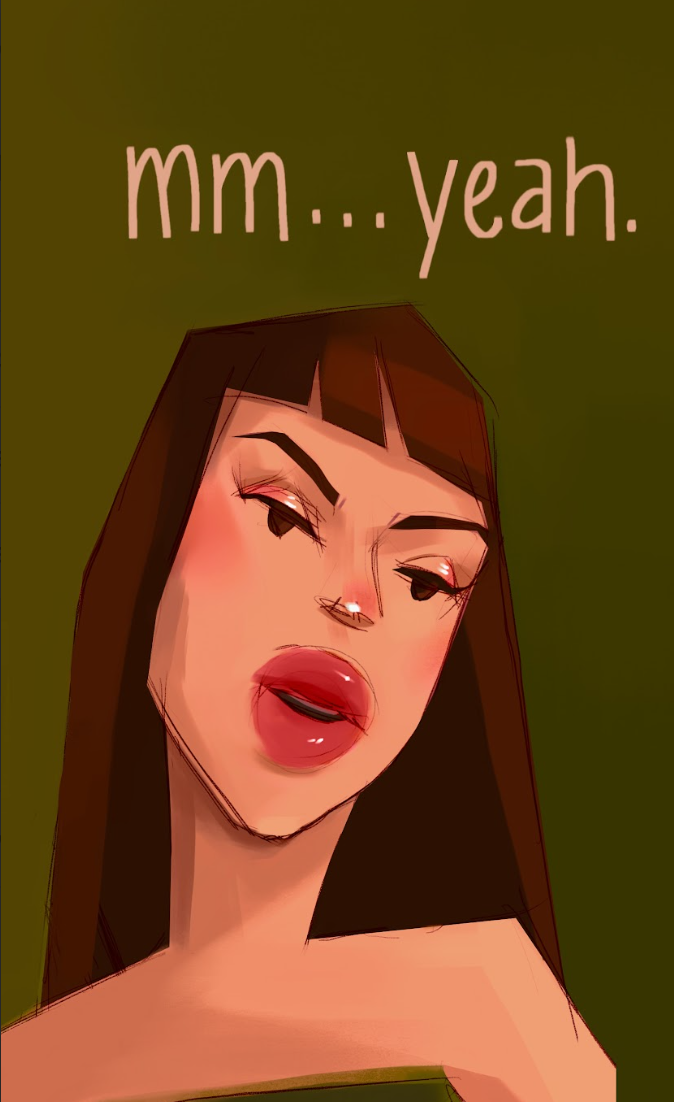Lou BeachOn October 6, internationally-renowned jazz fusion composer and pianist Hiromi released “Sonicwonderland” with Telarc. Alongside Hiromi on piano, her Sonicwonder ensemble consisted of Adam O’Farrill on trumpet, Hadrien Feraud on bass, and Gene Coye on drums. The album marked Hiromi’s return to synthesizers and a more traditional jazz quartet format after “Silver Lining Suite,” on which she was accompanied by a string quartet. The album is a solid musical feat, but the specificity of its video game vision makes it thematically incoherent on certain tunes.
Composition for the album began in 2019 and continued through the COVID-19 pandemic. Hiromi carefully chose members for her ensemble, aiming for a specific tone for each instrument in the group. After the composing process, the other musicians added comments on the music before rehearsing. Sonicwonder played twelve live shows back-to-back before heading to Skywalker Sound Stage in Nicasio, California to record the album.
The video game theme of the album was present for most of the tunes but conspicuously absent from others. “Sonicwonderland,” “Trial and error,” and “Bonus stage” embraced the video game mentality, and compositions such as “Polaris” and “Go Go” painted soundscapes that could accompany a video game stage. However, the stiff rhythms of “Wanted” and the singer-songwriter feel of “Reminiscence” are markedly off-theme, damaging the overall cohesion of the album.
In particular, “Reminiscence” deviates from the rest of Hiromi’s body of work. Oli Rockberger’s laid-back voice and cheesy lyrics are reminiscent of singer-songwriters such as James Taylor, though Sonicwonder still provides a strong jazz background and plays a satisfying solo section. The song is warm and more accessible to new listeners than its counterparts, but it falls flat considering the more exciting content in the rest of the album.
Other than “Reminiscence,” all the tracks on the album showcase Hiromi’s extensive familiarity with synthesizers. Tracks such as “Sonicwonderland” and “Trial and error” both feature extensive synth in the opening melody, but whereas the former has a fat, crinkly synth sound, the latter uses a synthesizer based on a square wave, similar to the sound of Koji Kondo’s original Super Mario Bros theme. Combined with the album’s video game-like cover and music video, these synthesizers immediately bring vintage video game soundtracks to mind. Other tracks, such as “Polaris” and “Wanted,” feature warm synthesizer pads that provide a lush underpinning for trumpet and bass melodies.
Despite the prevalence of synthesizer on this album, the group still manages to showcase its acoustic instruments. Trumpeter Adam O’Farrill takes impressive solos on every tune, often employing delay and other effects pedals to maximize the sonic effect. His dark tone complements the brighter sound of the synthesizer. Bassist Hadrien Ferraud employs a warm, luscious tone on most of the tracks, taking several gorgeous solos. Drummer Gene Coye is a solid, albeit slightly underused, accompanist who matches the band’s rhythms well; he only takes one solo on the entire album.
Overall, this album is a satisfying return to the typical jazz quartet format for Hiromi. Though the theme gets muddied at points throughout the album, the music and grooves still make for great listening.













